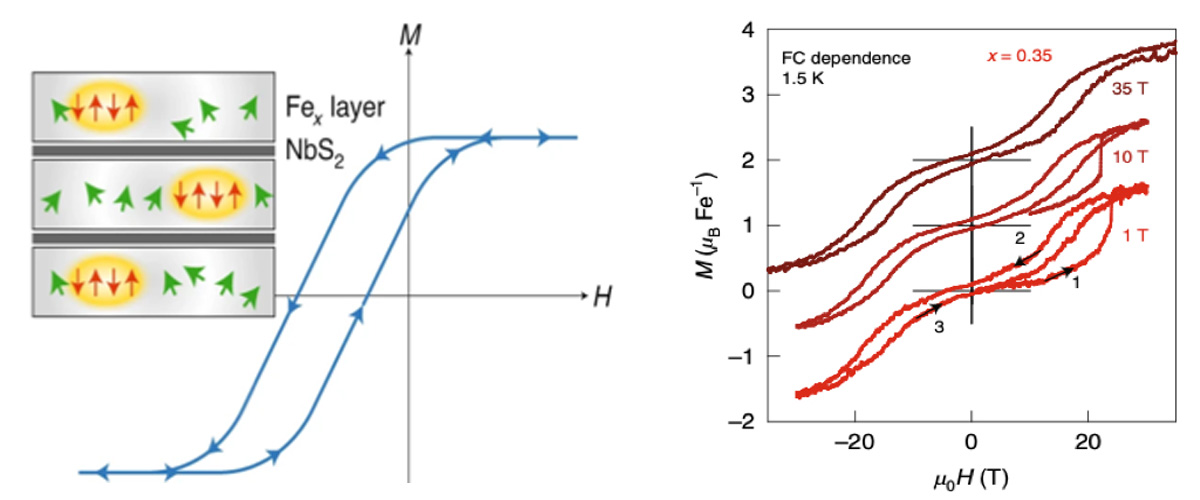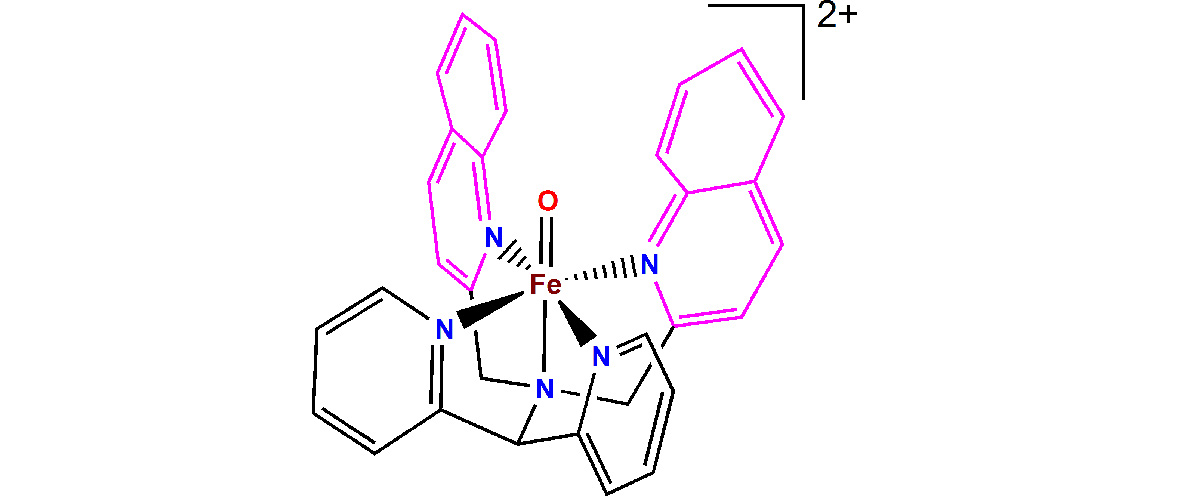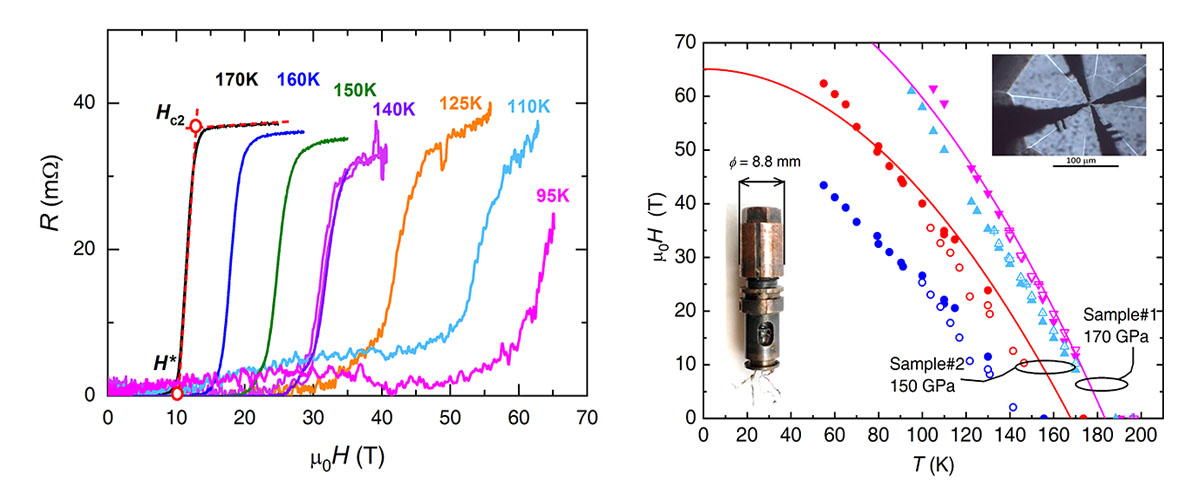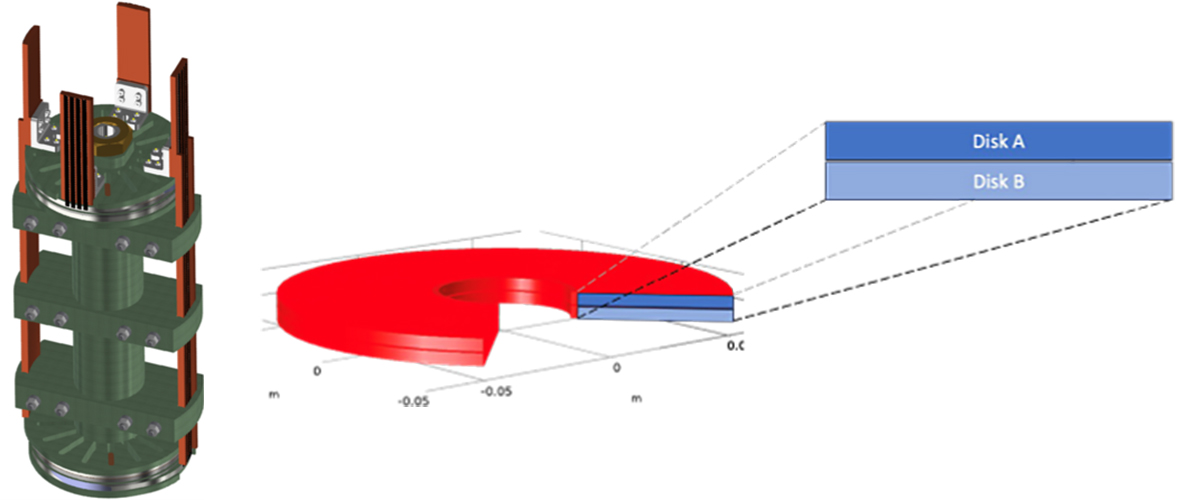What did scientists discover?
MagLab users have demonstrated the potential of combining ordered and disordered magnetic phases to greatly increase the exchange bias in materials. Additionally, the illumination of disorder's role in the physics of exchange bias in a the constraints of a single crystal is a breakthrough.
Why is this important?
Exchange bias is a critical component to a variety of devices such as spin-valves, which are used extensively in high density magnetic storage, and has potentially more exotic applications, such as voltage-mediated magnetic switching for logic devices.
Who did the research?
Eran Maniv1,2, Ryan A. Murphy1,Shannon C. Haley1,2, Spencer Doyle1,2, Caolan John1,2, Ariel Maniv3,4, Sanath K. Ramakrishna4, Yun-Long Tang1,2, Peter Ercius2, Ramamoorthy Ramesh1,2, Arneil P. Reyes4, Jeffrey R. Long1,2 and James G. Analytis1,2
1University of California, Berkeley, CA, USA. 2Lawrence Berkeley National Laboratory, Berkeley, CA, USA. 3Nuclear Research Center – Negev, Beer Sheva, Israel. 4National MagLab, Tallahassee, FL, USA.
Why did they need the MagLab?
MagLab users could only reach 7T at their home laboratory. To capture the full exchange bias response, a significant high magnetic field was needed (up to 35 Tesla), including the application of a high fixed DC magnetic fields for extended periods of time. The users stated that this capability was only available to them at the National MagLab.
Details for scientists
- View or download the expert-level Science Highlight, Exchange bias due to coupling between coexisting antiferromagnetic and spin-glass orders
- Read the full-length publication Exchange bias due to coupling between coexisting antiferromagnetic and spin-glass orders, in Nature Physics
Funding
This research was funded by the following grants: J.G. Analytis (EFRC and Moore GBMF-9067); J.R. Long (DMR-1611525); G.S. Boebinger (NSF DMR-1644779)
For more information, please contact Tim Murphy.






